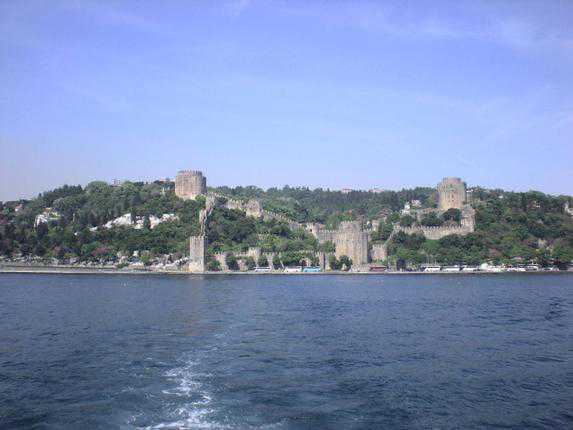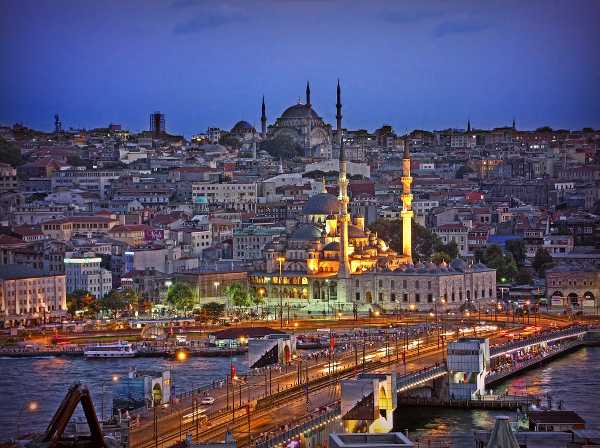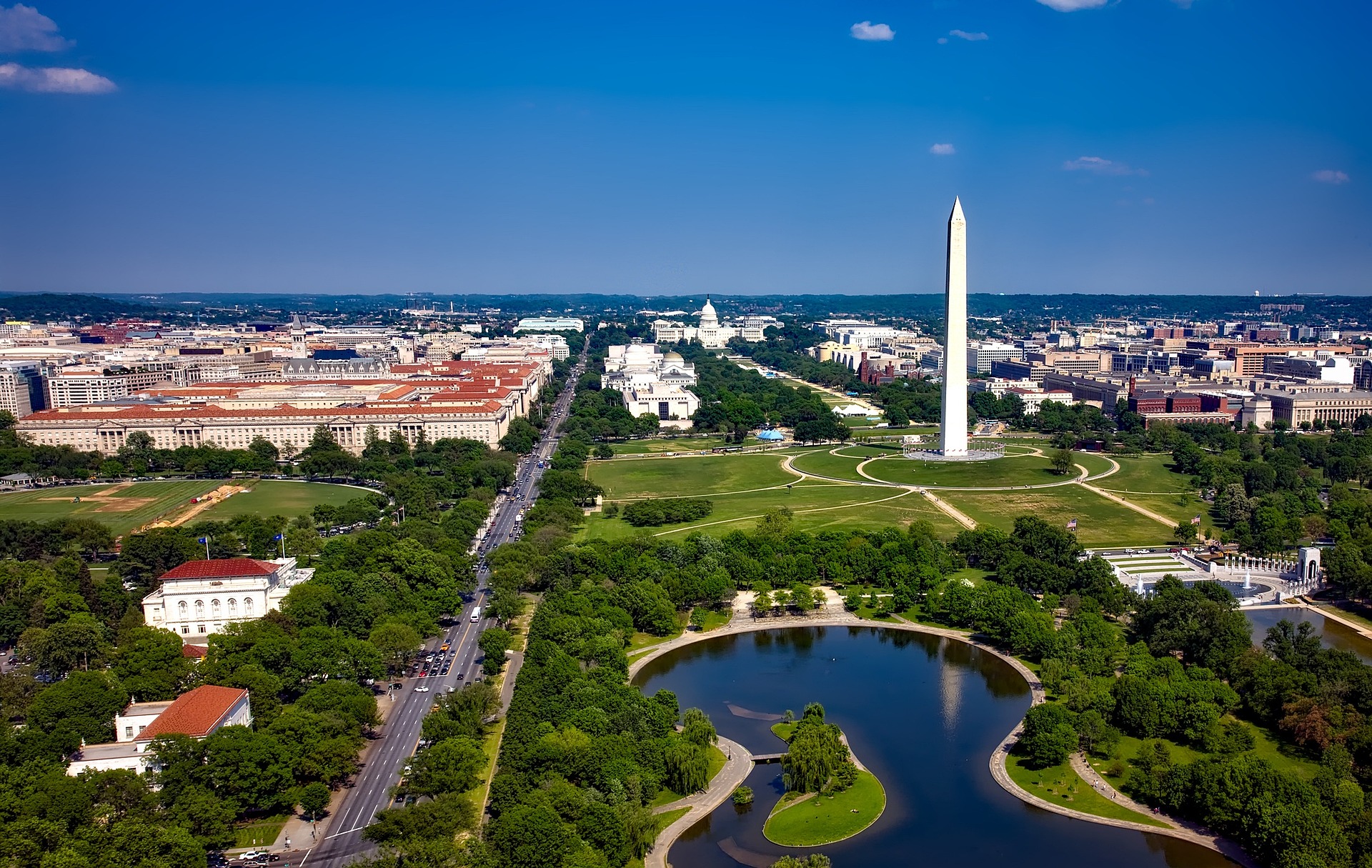The 1936 Montreux Convention roiled relations between Washington, which wanted to send humanitarian aid on massive vessels through the Turkish Straits, and Ankara, which has steadfastly insisted on the terms of the treaty being respected. The incident is a reminder, if any is needed, that despite Turkey and the United States being close allies and NATO compatriots, the two nations’ strategic interests do not always run in tandem. While America and its NATO allies attempt to cram as many warships as legally allowed up the Turkish Straits, thoughtful analysts should remember that the passage is also a conduit for massive tankers of up to 200,000 tons or more. In 2006, tankers carrying more than 140 million tons of Azeri, Kazakh and Russian oil used the Turkish Straits. Washington’s increasingly aggressive stance with the Kremlin over South Ossetia could have a direct impact on these oil shipments, something that hawks both inside the Beltway and the Kremlin should consider.
The Turkish Straits consist of two waterways connected by the landlocked Sea of Marmara. The 17-mile-long Bosporus, which debouches into the Black Sea, bisects Istanbul with its 11 million inhabitants, and its sinuous passage is only a half-mile wide at its narrowest point at Kandilli and has a convoluted morphological structure that requires ships to change course at least 12 times, including four separate bends that require turns greater than 45 degrees. At its southern end the Bosporus empties into the Sea of Marmara, which in turn connects to the 38-mile-long Dardanelles. Under good conditions merchant vessels currently canpass the 200 miles of the Turkish Straits in about 16 hours.
Under Montreux, Turkish sovereignty is recognized over the entire channel, but while the agreement guarantees merchantmen unhindered passage, the passage of warships of non-Black Sea nations is tightly regulated, which has led to the current friction between Washington and Ankara. Disputes over the waterway date back to the dawn of European history. Homer’s Iliad and Odyssey recount the struggles of the Trojan War, which is assumed to have occurred in the 13th or 12th century B.C.; modern archaeology has placed Troy at the entrance to the Dardanelles.
The Turkish Straits now carry 50,000 vessels annually, making the passage the world’s second-busiest maritime strait, whose volume of traffic is exceeded only by the Straits of Malacca, and the only channel transiting a major city. The development of the former Soviet Caspian states’ energy riches has led to an explosion of tanker traffic through the Turkish Straits; in 1996, 4,248 tankers passed the Bosporus; a decade later 10,154 tankers made the voyage, a development that Ankara, worried about a possible environmental catastrophe, views with growing concern as the Turkish Straits have become a tanker superhighway. The tankers transport Russian, Kazakh and, until the 2006 opening of the Baku-Tbilisi-Ceyhan pipeline, Azeri crude to increasingly ravenous foreign markets.
Under the terms of Montreux, Turkey cannot even charge tankers transit fees or require them to take on pilots to traverse the treacherous waterway.
Montreux is quite explicit on the passage of foreign warships through the Turkish Straits, however, limiting non-riverain Black Sea forces to a maximum of 45,000 tons of naval vessels, with no single warship exceeding 30,000 tons.
Washington originally proposed to send to Georgia two U.S. Navy hospital ships, the USNS Comfort and the USNS Mercy, but both are converted oil tankers displacing 69,360 tons apiece, and the Turks demurred.
Four ships belonging to the Standing NATO Maritime Group 1 — Spain’s SPS Almirante Don Juan de Borbon, Germany’s FGS Luebeck, Poland’s ORP General Kazimierz Pulaski and the USS Taylor — last week passed into the Black Sea to Romania’s Constanza and Bulgaria’s Varna ports to participate in a NATO maritime exercise scheduled in October 2007 to conduct joint operations with the Bulgarian and Romanian navies. The Bulgarian navy currently has one Koni-class, one Wielingen-class and three Riga-class frigates, one Tarantul and two Pauk-class corvettes, three Osa-class missile boats and a Romeo-class submarine, while Romania has three frigates, four light frigates, three Molniya-class corvettes, three torpedo boats, one minelayer, four minesweepers and 16 auxiliary ships. In contrast, the Russian Black Sea Fleet has 40 warships; its flagship is the guided missile cruiser Moskva. According to the Russian General Staff, these soon will be joined by an additional eight NATO warships, even as the Moskva dropped anchor in Abkhazian waters.
The Pentagon finally got its chance to fly the flag when on Aug. 22 the USS McFaul (DDG-74, 8,915 tons) guided-missile destroyer loaded with humanitarian aid passed the Bosporus headed for Georgia with supplies such as blankets, hygiene kits and baby food, to be followed two days later by the USCGC Dallas (WHEC-716, 3,250 tons) cutter passing the Dardanelles, which eventually will be joined by the USS Mount Whitney (LCC/JCC 20, 18,400 tons), now loading supplies in Italy.
The Kremlin is not pleased by the foreign show of naval force; Russian General Staff Deputy Chief Anatoly Nogovitsyn observed of the NATO exercise, “From the Russian point of view … the usefulness of this operation is extremely dubious,” later labeling the deployment “devilish.”
The Turkish press is now full of speculation that Washington will pressure Turkey to revise Montreux, but is it really in America’s and its allies’ interests to be provocatively flying the flag in waters through which pass a number of tankers fueling European and Asian needs? As Turkey is allowed under Montreux to shut the Turkish Straits completely in the event of conflict, it is a question to which hawks in Europe and Washington ought to give more consideration.





